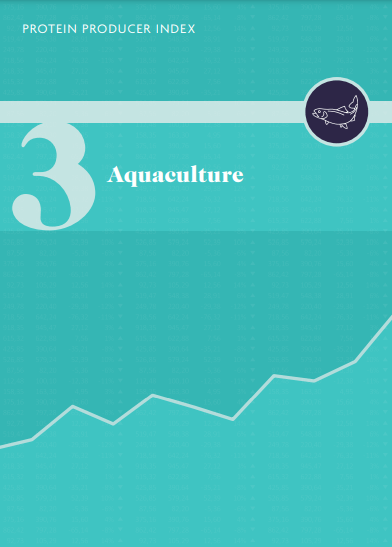Introduction
Aquaculture is farming fish, crustaceans, plants, algae and other aquatic species under controlled conditions in freshwater and marine habitats. The industry has quickly become the fastest-growing food production sector, which looks unlikely to change in the coming decades. Its contribution to global fish production for human consumption reached 46% in 2018 – up from 25.7% in 2000 – and is expected to hit 89% by 2030. Almost 190 countries cultivate approximately 550 different species of aquatic animals for human consumption. As a result, the sector is characterised by a variety of production systems, regulatory environments, certifications, unique geographic features and industry competition, with significant differences around the world.
The report focuses largely on salmon aquaculture and begins with a detailed discussion of the sector’s performance in the Coller FAIRR Protein Producer Index 2021/22. We then highlight FAIRR’s engagement with salmon producers on climate and biodiversity risks in feed supply chains. Included in this report are insights from interviews with more than 40 investors, producers and civil sector organisations. The FAIRR Initiative will conduct a similar review of the shrimp industry in 2022.
Results Overview
Most companies saw improvements in 2021, with only Bakkafrost recording a lower score than in 2020. The Index analysed a total of 60 businesses across all sectors. Eight of the 15 aquaculture companies scored in the top quartile overall. Better performers are generally found in Europe. Excluding Thai Union, which is among the 10 lowest-risk producers, the riskier companies are clustered in Asia.

